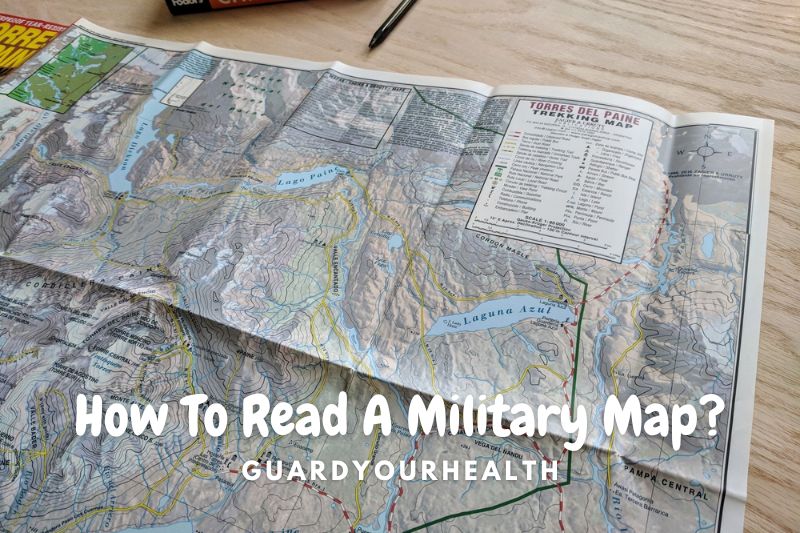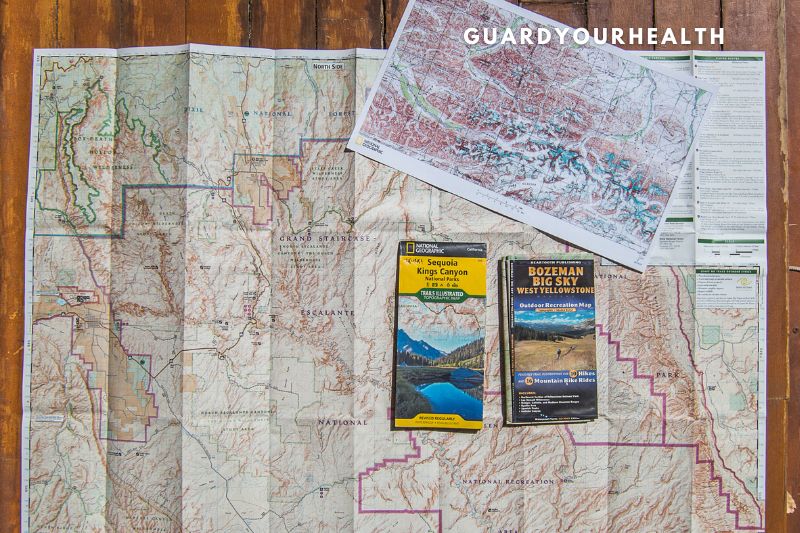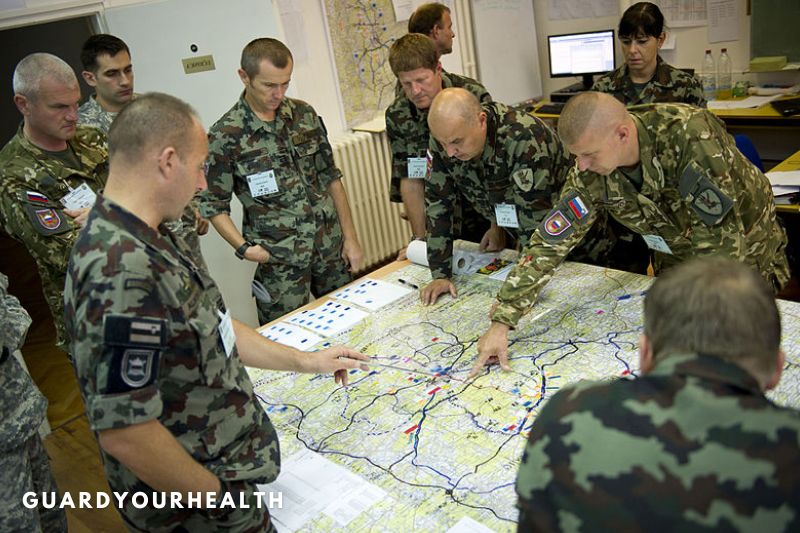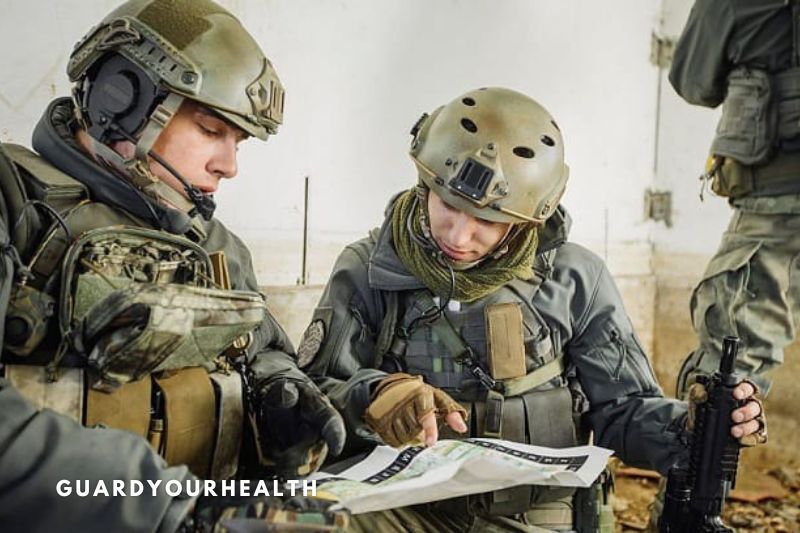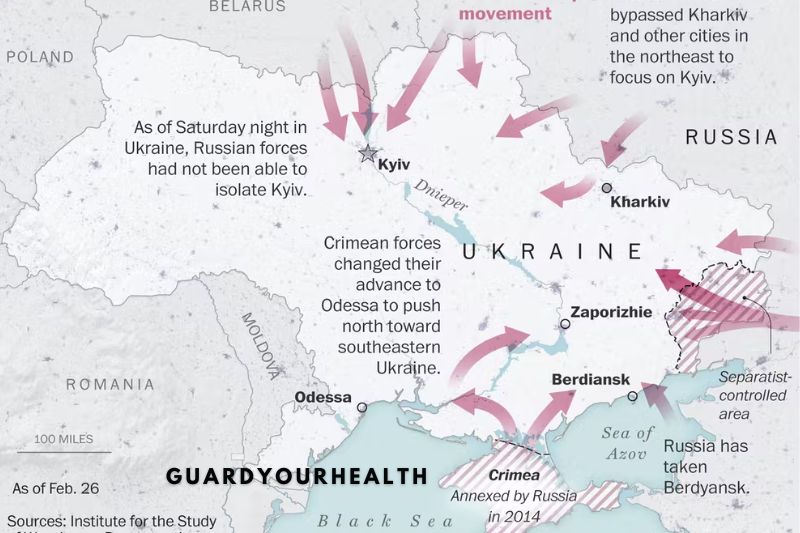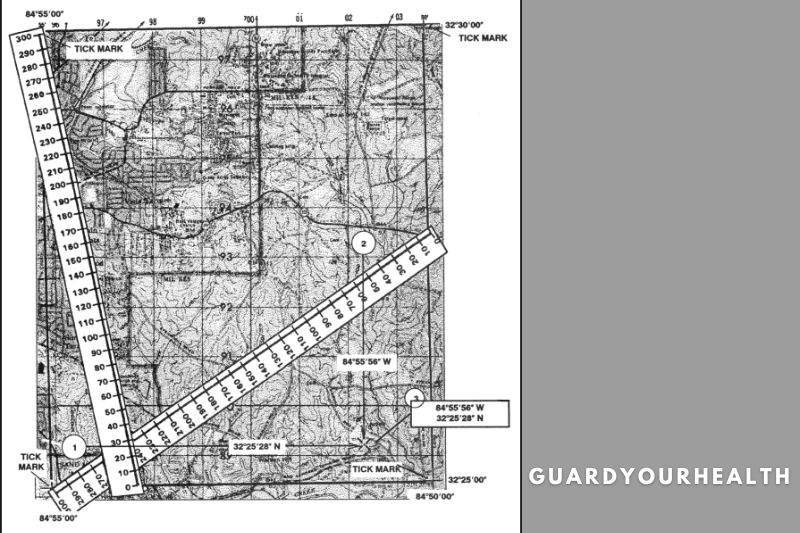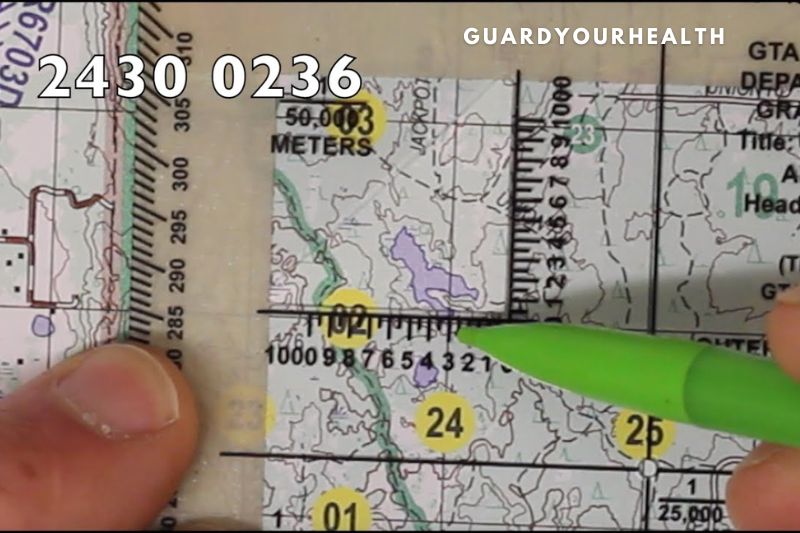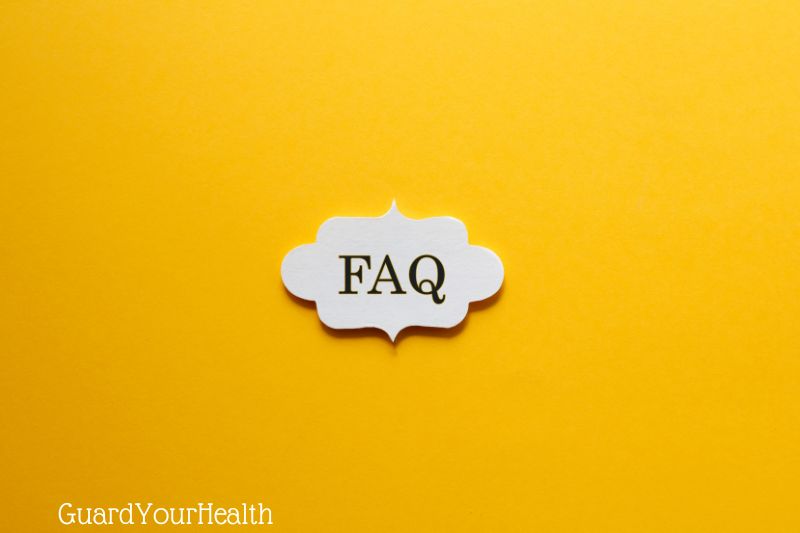Knowing how to read a military map is a critical skill for any soldier. This guide will teach you the basics of map reading Army, including how to use a compass and orient yourself to your surroundings. By the end of this guide, you’ll be able to navigate any terrain, no matter the conditions.
What You Will Need
- Military diagram
- Pencil
- Dimensional scale
- RA protractor, ruler, compass, or piece of paper
Map Reading Army Class – Army Military Map Reading
1. Understand the basics of the military map
You must be aware of the fundamental elements you will face before you can start reading anything.
Grids, which are effectively two parallel sets of lines, are seen on military maps.
The name of one set is Eastings. There are more people in the east as you go north to south.
Northings is the name of the other group. With populations increasing northward, it moves from the west to the east.
Grid squares are the little squares created by the line sets. The numbers assigned to the squares begin at the bottom left-hand corner.
The coordinates’ digits, and numbers, define a point’s position.
Additionally, it would help if you got acquainted with the Military Grid Reference System.
This is referred to as MGRS. It adheres to NATO standards. Except for Irish and British maps, you may use them with any current navigation and mapping systems.
There are three components:
- The grid reference for six figures
- Square letters on a 100-kilometer grid
- Grid zone identifier
The map margin box contains the following information on how to read grid coordinates on a military map and the 100 km grid square letters:
- You must: For the 100 km reference.
- Calculate tenths from the vertical grid line to the point by reading the big numbers on the line from the point’s left.
- Estimate tenths from the horizontal grid line to the spot by reading the huge numbers on the grid line.
For instance, this sample grid square of 1,000 km would be 047 162.
- Make the prefix where the point is for the 1000 000 km2 identification.
- The identity in this instance is NS.
When reporting outside the grid zone designator, use the prefix for the grid zone designator.
Together, these three components provide the whole grid reference. It is 32R NS 047162 in our instance.
Various scales are used while creating maps. The ratio between a distance on a map and that distance on the ground is known as scale. Typically, it is shown at the bottom of the map as both a ratio and a scale bar.
Note: The scale may be shown as a fraction or statement on modern maps. 1/50,000, or “2 cm equals 1 kilometer,” respectively.
Military tactical scales typically range between 1:50,000 and 1:1,000,000. Scales of 1:10,000 and 1:500 may also be shown on operation maps.
- Contours will also be shown on maps.
- Slopes are indicated by contour spacing. Concave, convex, uneven, and even slopes are all possible.
The ground’s contour pattern reveals its form. It may consist of mountains, ridges, saddles, valleys, re-entrants, spurs, and draws.
2. Choose your approach to read the map
When you examine a map, you have two options:
- Calculate direct distances on a grid of maps.
- Use a scale to measure straight-line lengths.
You may get assistance with this method via a ruler, compass, RA protractor, or a piece of paper.
- Calculate the separation between the locations displayed on the map.
- Compare your measurement to the provided scale.
- To determine the true (real-world) distance, convert it.
Straight lines make this simple to do. But it will be more difficult when there are bends. The only difference is that you will have to go in chunks or pieces, but you can still accomplish it. For instance:
3. Read using method 1
Military grid maps often use grid coordinates that are 6-digit grid coordinates long. However, this is not always the case. No matter how many digits of coordinates are supplied, this is how you interpret grid references.
- Lest to the right, read the statistics.
- The statistics will be interpreted along the Eastings lines as a result.
- As a result, you will read the statistics in Northings.
This may be recalled by going up the stairs and down the hallway. Northings ALWAYS follow eastings.
Let’s attempt this illustration. The Southwest Corner’s coordinates must be obtained:
- From left to right, read the text. You’ll be there at eleven.
- From bottom to top, read the document. You will reach number 81.
Southwest Corner is thus at 1181.
To be more specific, imagine each grid square contains 10 Easting lines and 10 Northing lines. You end up with 100 smaller squares as a consequence.
In the same illustration, you wish to understand the message at the end of the black line:
- Between 11 and 12, you will go halfway. Thus increase your previous 11 by five then.
- Between 81 and 82, you will cover 3/10 of the distance. Thus increase your previous 81 by 3.
The point is thus at 115813.
4. Read with method 2: How To Read a Grid Coordinate
The best precision cannot be obtained when reading this military map’s grid coordinates. Hence a coordinate scale must be used for precise coordinates.
What you need to do is as follows:
- Find the grid cell that contains the point.
- The vertical grid line number on the left side of the grid square is represented by the first and second coordinate numbers.
The horizontal grid line number on the south or bottom side of the grid square is represented by the fourth and fifth coordinate numbers.
- To get the 3rd and 6th coordinate digits, set the scale on the grid square’s bottom horizontal grid line.
- Verify that the lowest left-hand corner of the grid square has the coordinate scale’s 0s.
- Slide the scale to the right while maintaining its bottom grid line.
- Until the point is below the right-hand scale, glide.
- The third number is determined by the 100-meter point nearest the vertical grid line.
- The sixth digit is provided by the 100-meter mark closest to the spot.
So, 115813 is our precise coordinate.
- Look at the grid reference box to get the two-letter 100,000 km identification.
- The 100,000 km identifier precedes the coordinate.
GL is ours. This makes it GL 11508133.
FAQs
What are the 3 Norths on a military map?
The three months on your map—true north, magnetic north, and grid north—are shown in the declination diagram (Figure 4.5). The grid to magnetic angle (G-M angle) is also shown in degrees on the declination diagram.
What do military symbols mean?
A military symbol is a visual depiction of a tactical mission, control measure, installation, activity, or unit that is significant to military operations and is used for planning or to depict the overall operational picture on a map, display, or overlay.
What are the uses of military map symbols?
The military represents the battlefield using standard map symbols to aid in military operations and planning. These symbols represent military facilities, equipment, and installations, along with tactical graphics to display military activities, borders, or other unique identifiers.
What do colors on the map mean?
Highways, reservoirs, lakes, rivers, streams, seas, and municipal boundaries are all blue. Red: significant routes, metropolitan areas, airports, points of interest, military locations, place names, structures, and boundaries. Areas in yellow are populated or urban—Green: forests, orchards, parks, golf courses, reserves, and freeways.
Conclusion
In conclusion, one must identify the various symbols used and understand the legend of how to read a map army. The map should be oriented so that north is at the top. Once these steps have been completed, one can begin interpreting the map’s information. Thanks for reading.
If you are interested in other information, please access our website GuardYourHealth.com to learn more.

